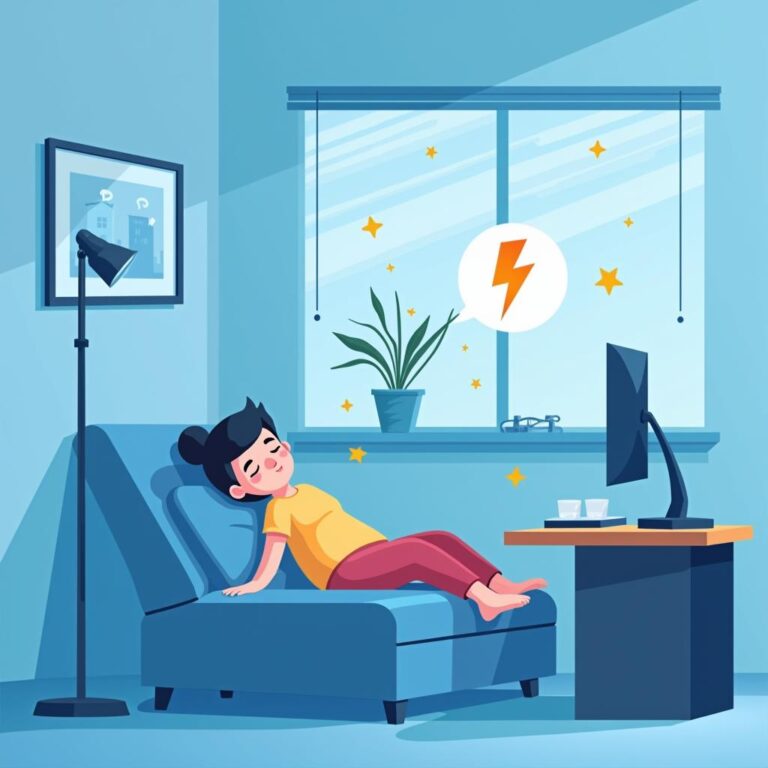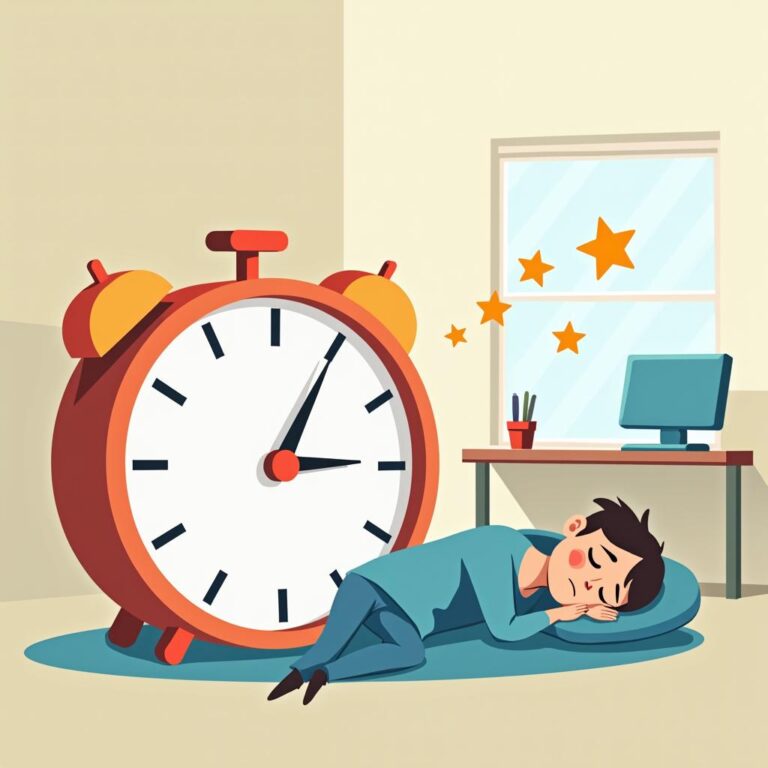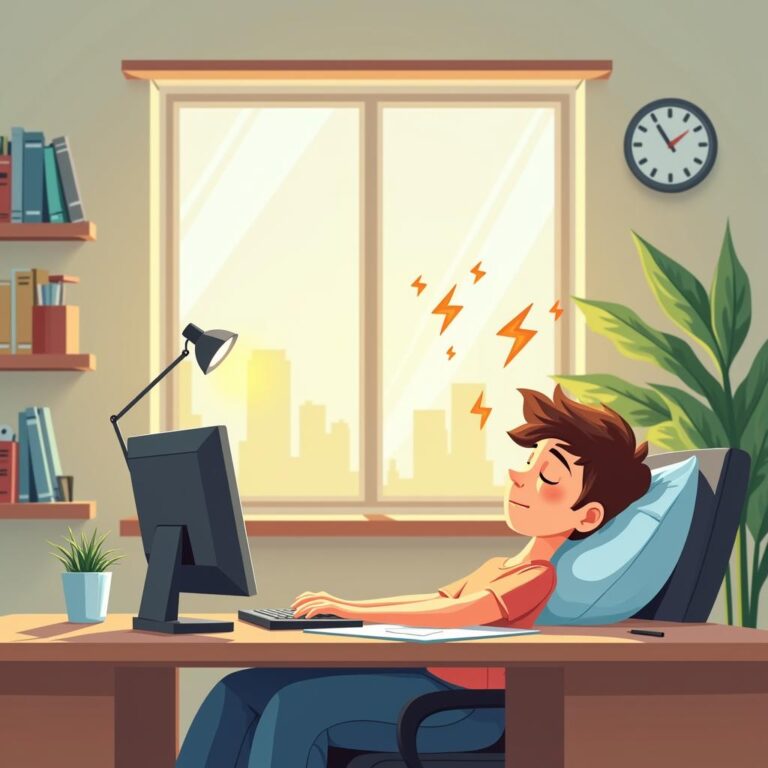In an age where productivity is paramount, the importance of maintaining focus and concentration cannot be underestimated. One of the most effective ways to recharge your mental batteries and enhance your cognitive abilities is through power napping. This article discusses top power napping tips to improve focus and concentration, enabling you to optimize your daily performance.
What is Power Napping?
Power napping refers to short naps taken during the day, typically lasting anywhere from 10 to 30 minutes. Unlike longer sleep periods, which can lead to grogginess, power naps are designed to provide a quick refresh for the mind without interrupting your sleep cycle. When done correctly, power naps can significantly improve focus, concentration, and overall productivity.
Optimal Duration for Power Naps
The ideal duration for a power nap generally ranges from 10 to 20 minutes. This time frame strikes a perfect balance where you can reap the benefits of improved alertness and cognitive function without entering deep sleep, which often results in sleep inertia. However, if you need a more extended reset, a 30-minute nap can provide added benefits, but be cautious as it may lead to grogginess if you wake up during deep sleep.
Choosing the Right Time
Timing plays a crucial role in the effectiveness of power naps. The ideal time for a power nap is usually in the early afternoon, between 1 PM and 3 PM. During this period, most people experience a natural dip in their energy levels, making it the perfect opportunity to recharge. Napping too late in the day can interfere with nighttime sleep, so it’s vital to find the right balance.
Creating an Ideal Nap Environment
Your napping environment significantly affects the quality and effectiveness of your power nap. Here are some tips for creating a conducive napping space:
- Darkness: Block out light by using curtains or an eye mask. Darkness stimulates melatonin production, which helps you fall asleep faster.
- Quietness: Use earplugs or white noise machines to minimize disruptions.
- Comfort: Find a comfortable position, whether lying down or reclining in a chair. A supportive pillow and a cozy blanket can enhance your napping experience.
Techniques to Fall Asleep Quickly
Falling asleep quickly is essential for an effective power nap. Here are a few techniques to help you do just that:
- Mindfulness and Relaxation: Practice mindfulness or simple breathing exercises to calm your mind before napping. Focus on your breath as you inhale and exhale slowly.
- Progressive Muscle Relaxation: This technique involves tensing and then relaxing each muscle group in your body, from your toes to your head, helping you relax and fall asleep faster.
- Timing Your Nap: Set an alarm for the desired nap duration to eliminate the stress of oversleeping. Knowing that you have a time limit can help you drift into sleep more easily.
Post-Nap Routine
How you wake up from a power nap can significantly affect your focus and concentration. Here’s how to create an effective post-nap routine:
- Gradual Wake-Up: Allow a few minutes to wake up slowly. Stretch or do light movements to help restore blood flow and re-energize your body.
- Hydrate: Drink a glass of water after waking up to rehydrate and boost your alertness.
- Light Exercise: A quick series of stretches or light exercises can invigorate you, further enhancing your focus for the rest of the day.
Power Napping and Productivity
Numerous studies have shown a positive correlation between power napping and increased productivity. For instance, research indicates that individuals who take short naps tend to perform better on tasks requiring focus and cognitive flexibility. Power naps provide not only a break from routine but also reset your brain, allowing for improved problem-solving abilities and creativity.
Combining Power Naps with Other Focus Strategies
While power napping is a fantastic way to improve focus and concentration, it’s even more effective when combined with other productivity strategies. Here are a few additional techniques to enhance your focus:
- Pomodoro Technique: This method involves working in focused bursts (typically 25 minutes) followed by short breaks. Incorporating a power nap during one of the breaks can significantly boost your productivity.
- Healthy Diet: Nutrition plays a critical role in cognitive function. Incorporate brain-boosting foods like nuts, berries, and green leafy vegetables in your diet to amplify the benefits of power napping.
- Regular Exercise: Physical activity increases blood flow to the brain and reduces fatigue, making it easier to concentrate. Pairing regular exercise with power naps can enhance overall focus and cognitive performance.
Conclusion
Incorporating power napping into your daily routine can be a game changer for your focus and concentration. By understanding the best practices, such as optimal duration, timing, and creating the right environment, you can turn naps into a powerful tool for productivity. Remember, the goal is to rejuvenate your mind and body to face the rest of the day with renewed energy and focus. Don’t underestimate the potential of a well-timed power nap—it might just be the boost your productivity needs!







